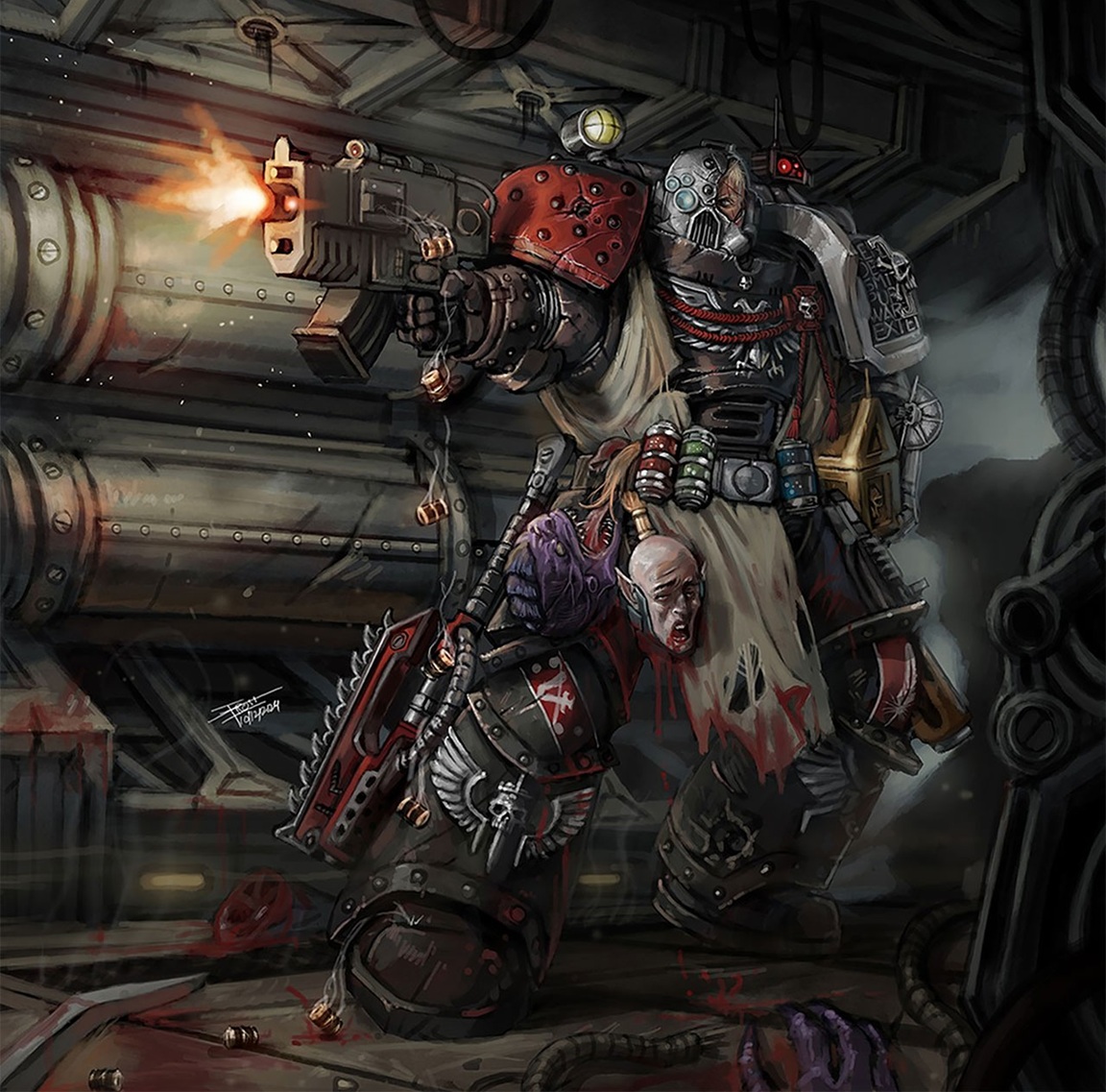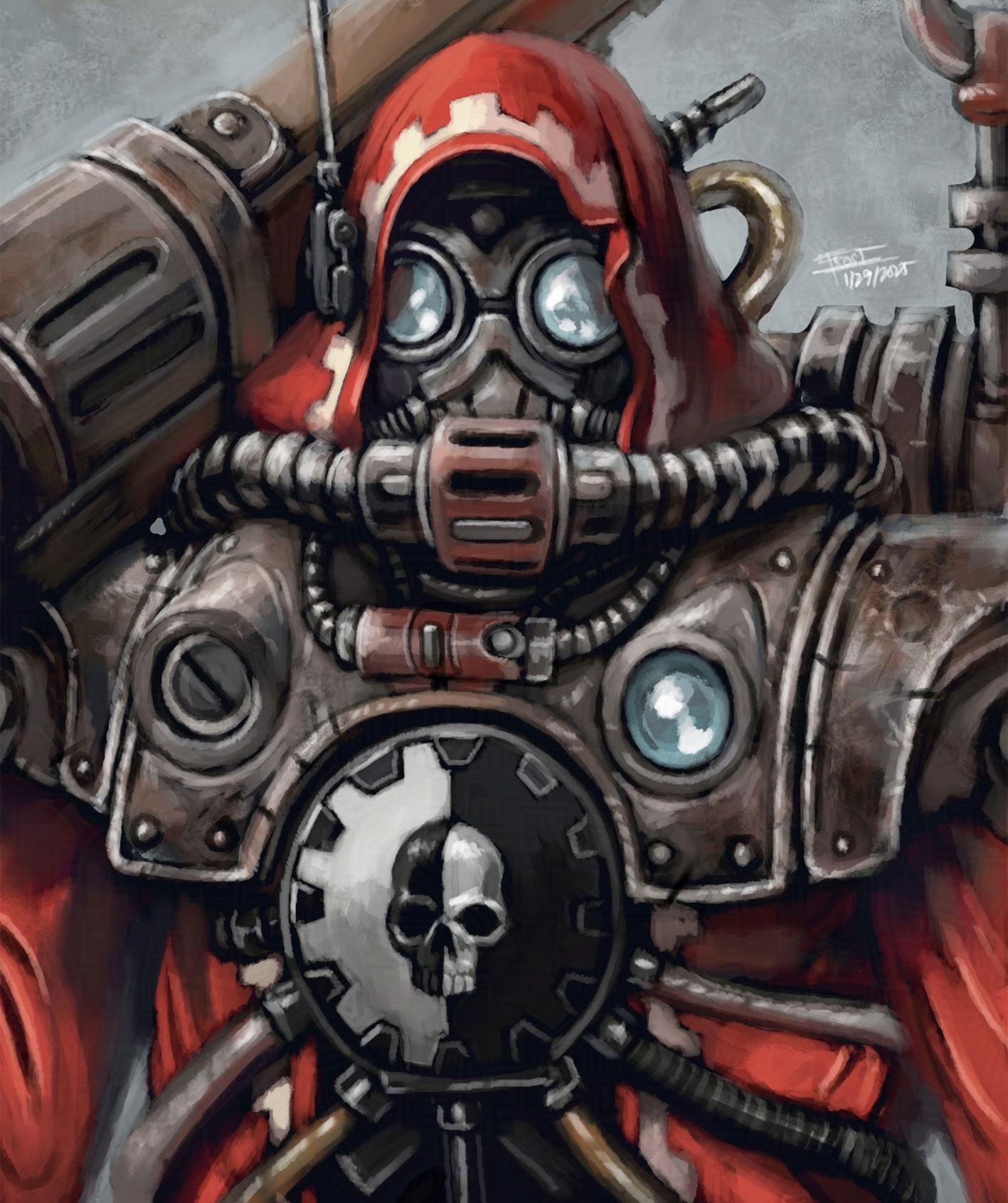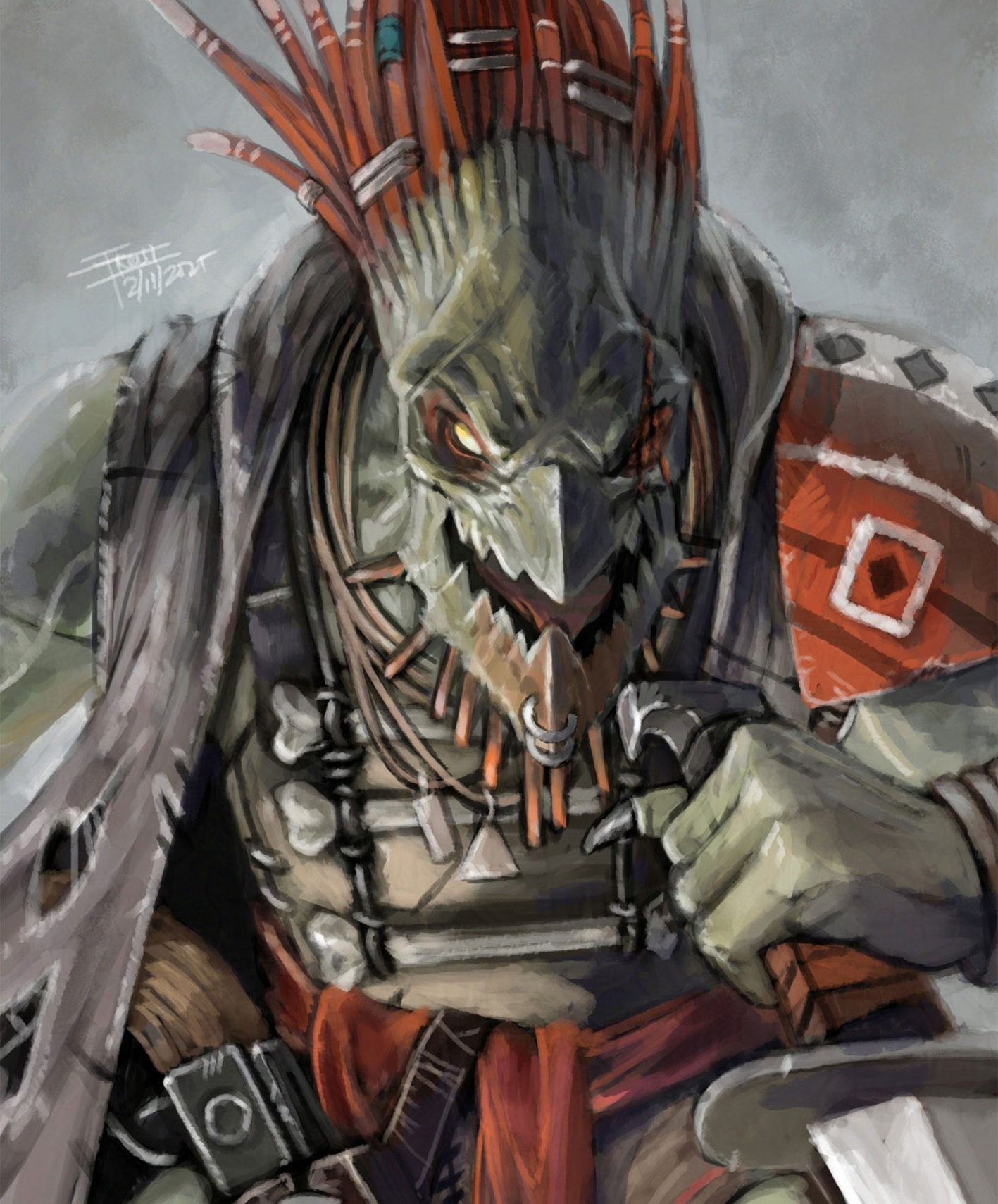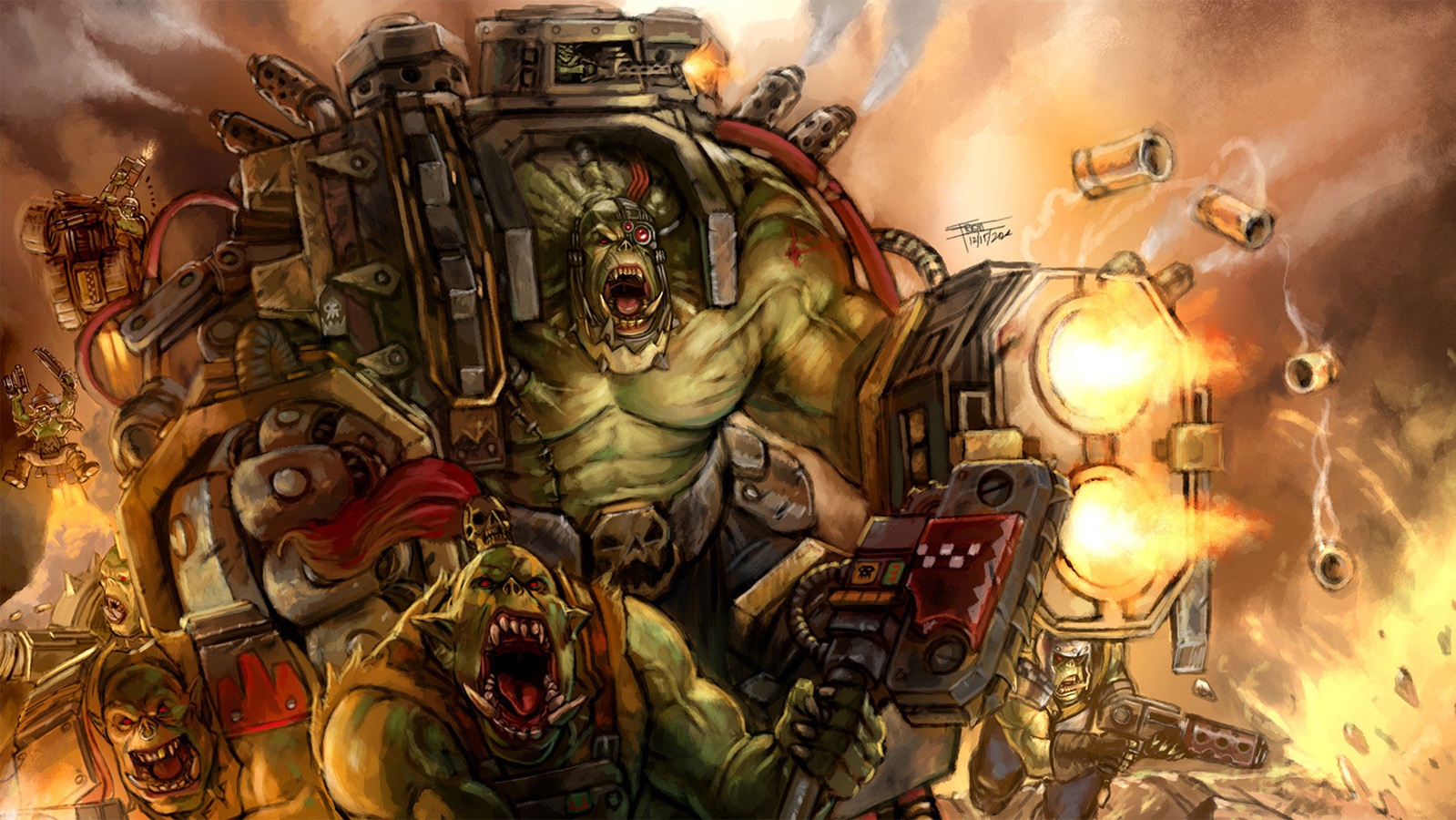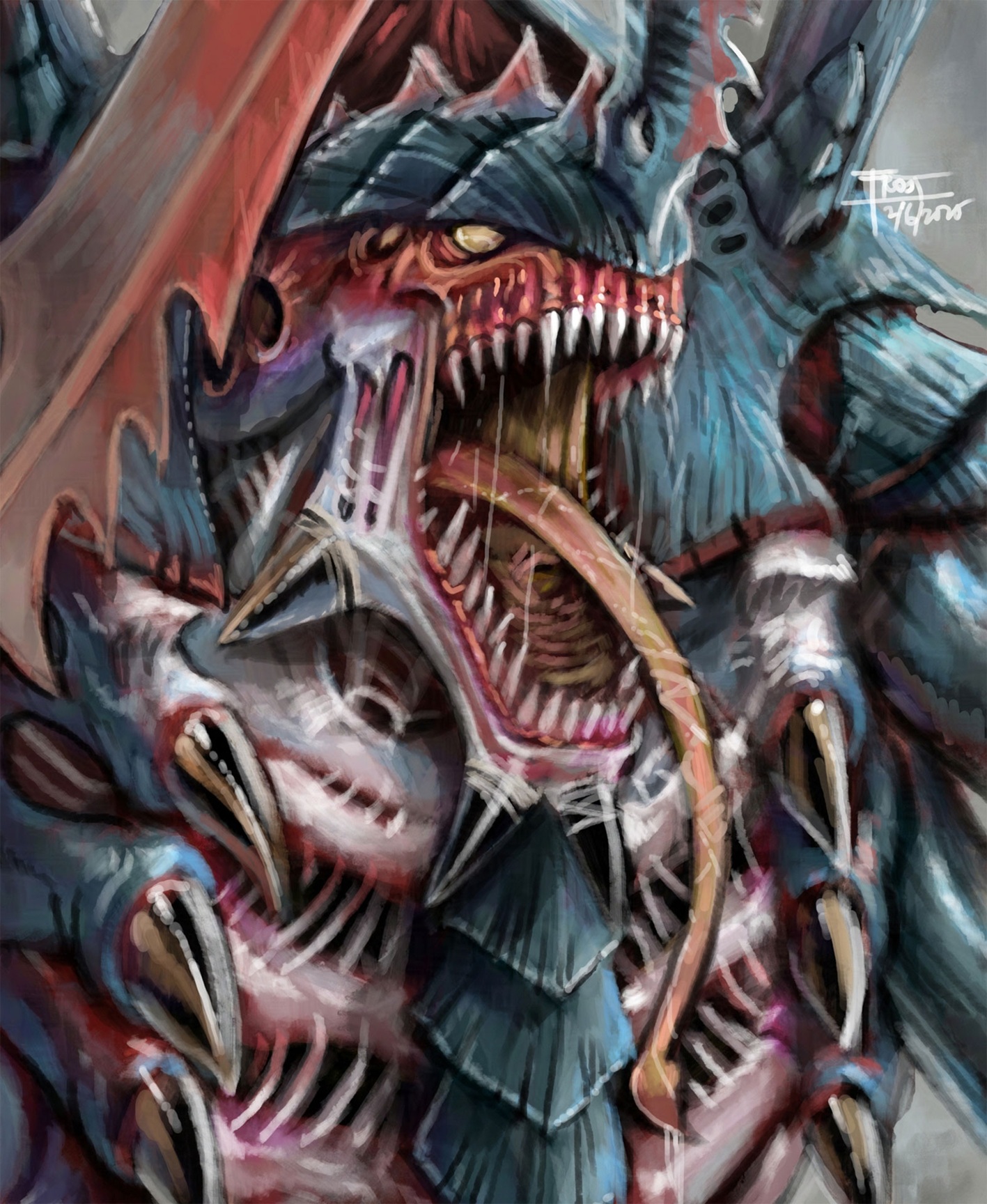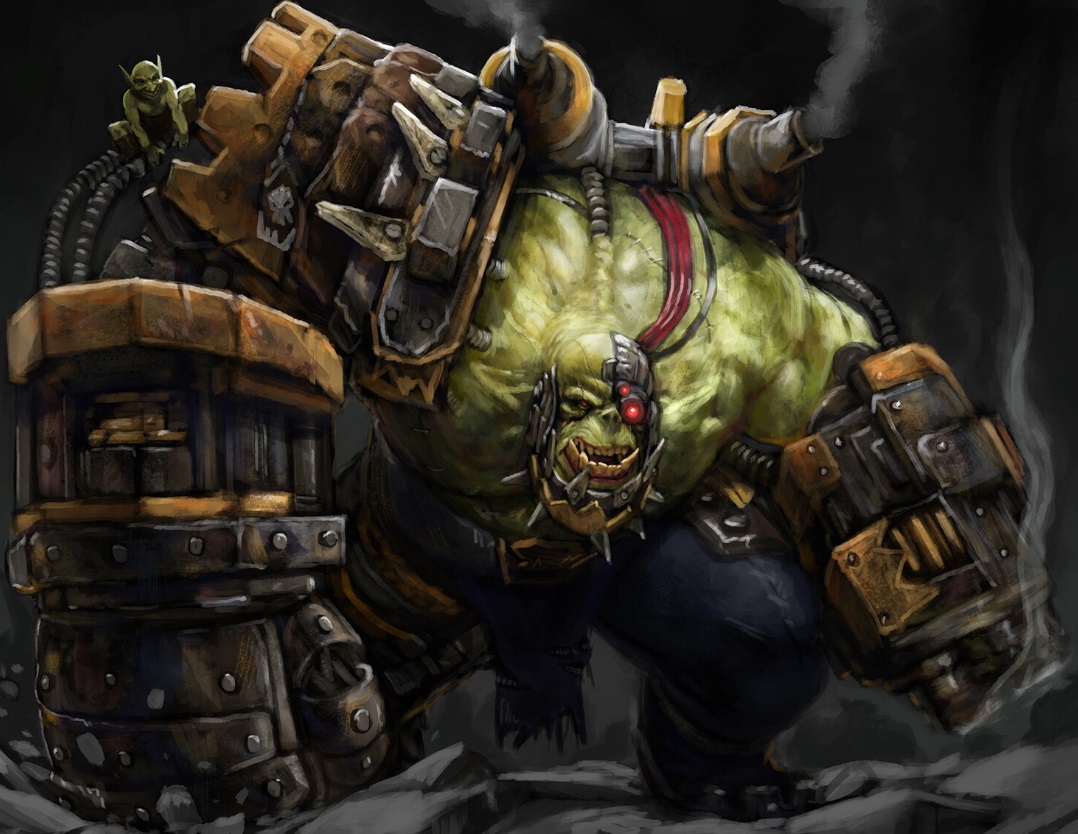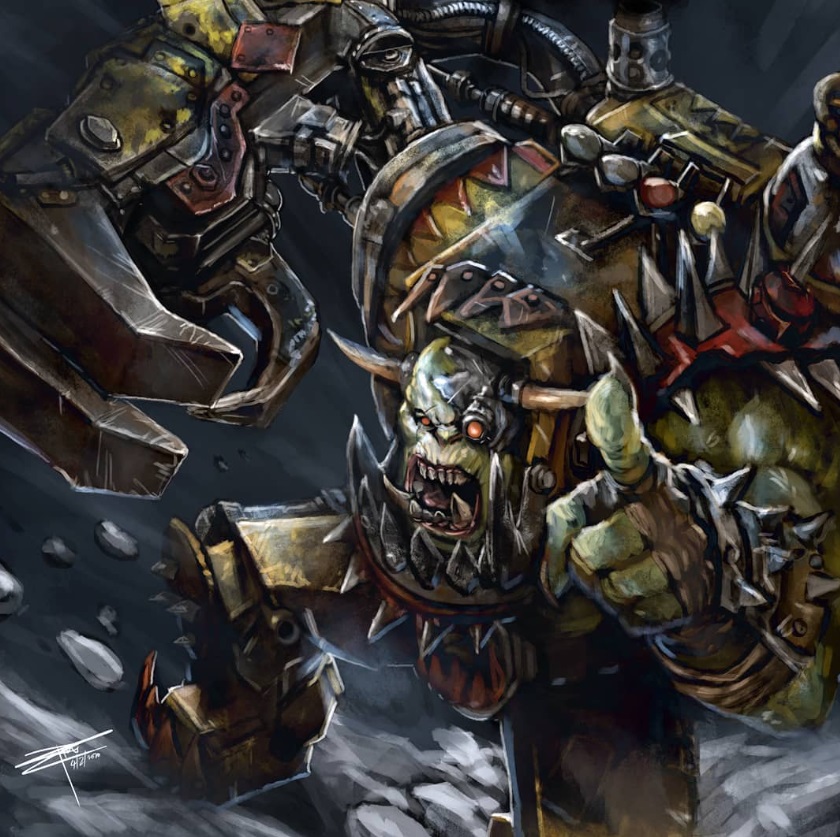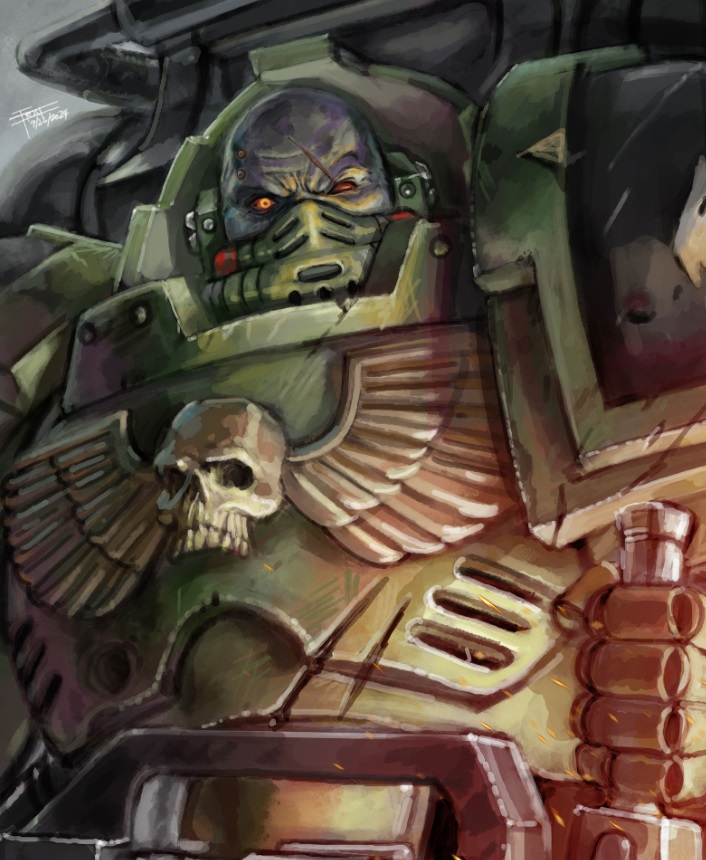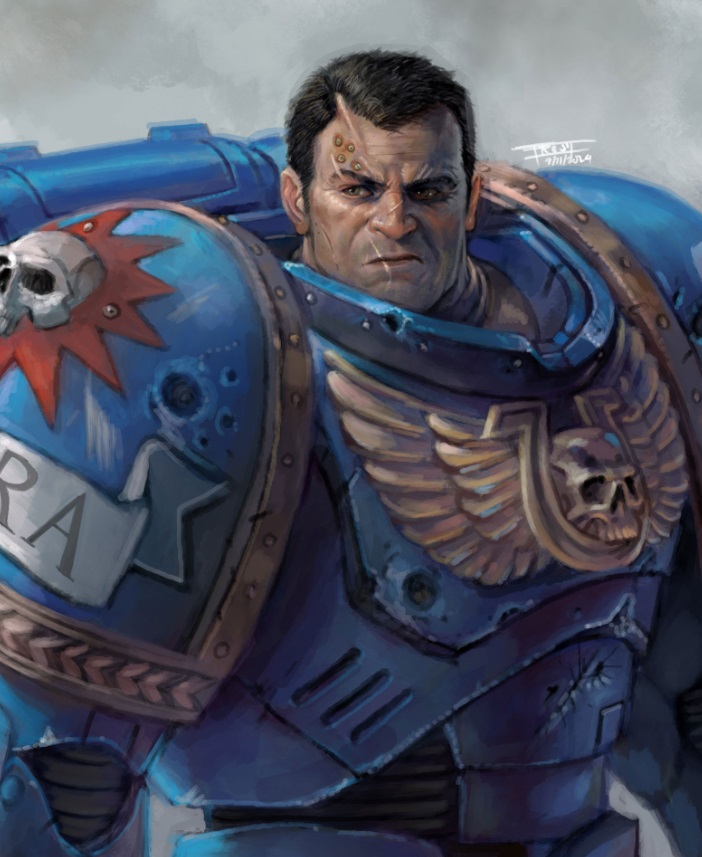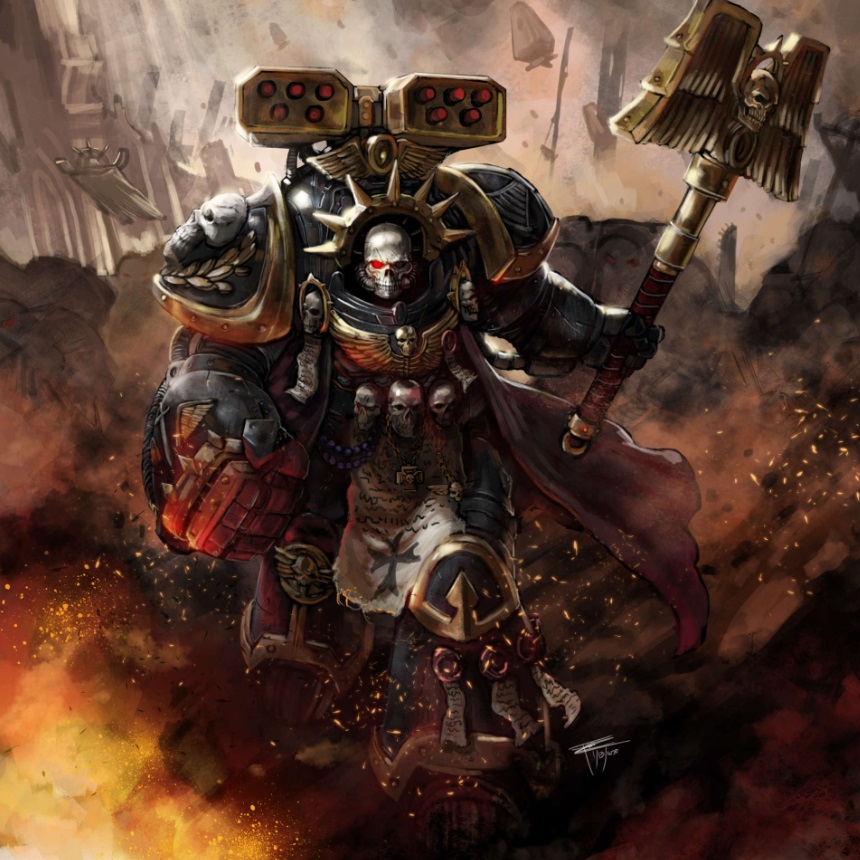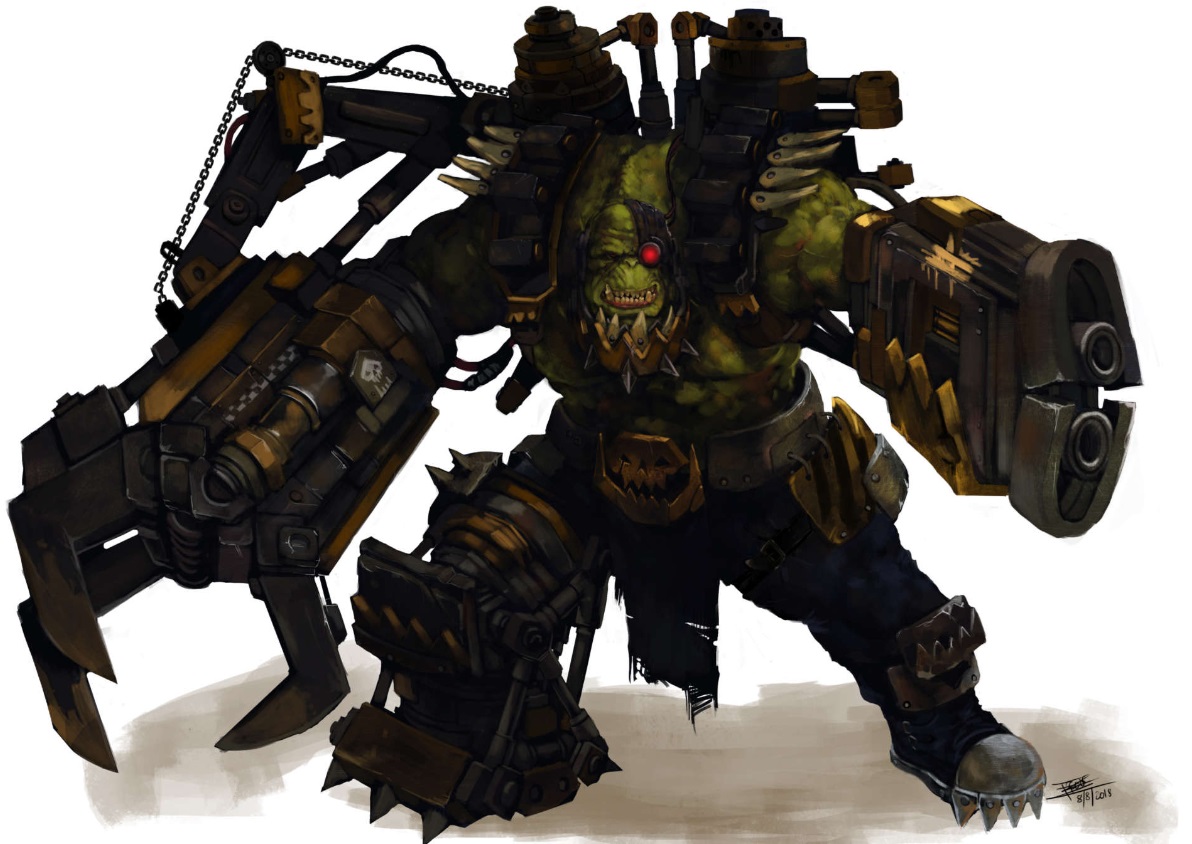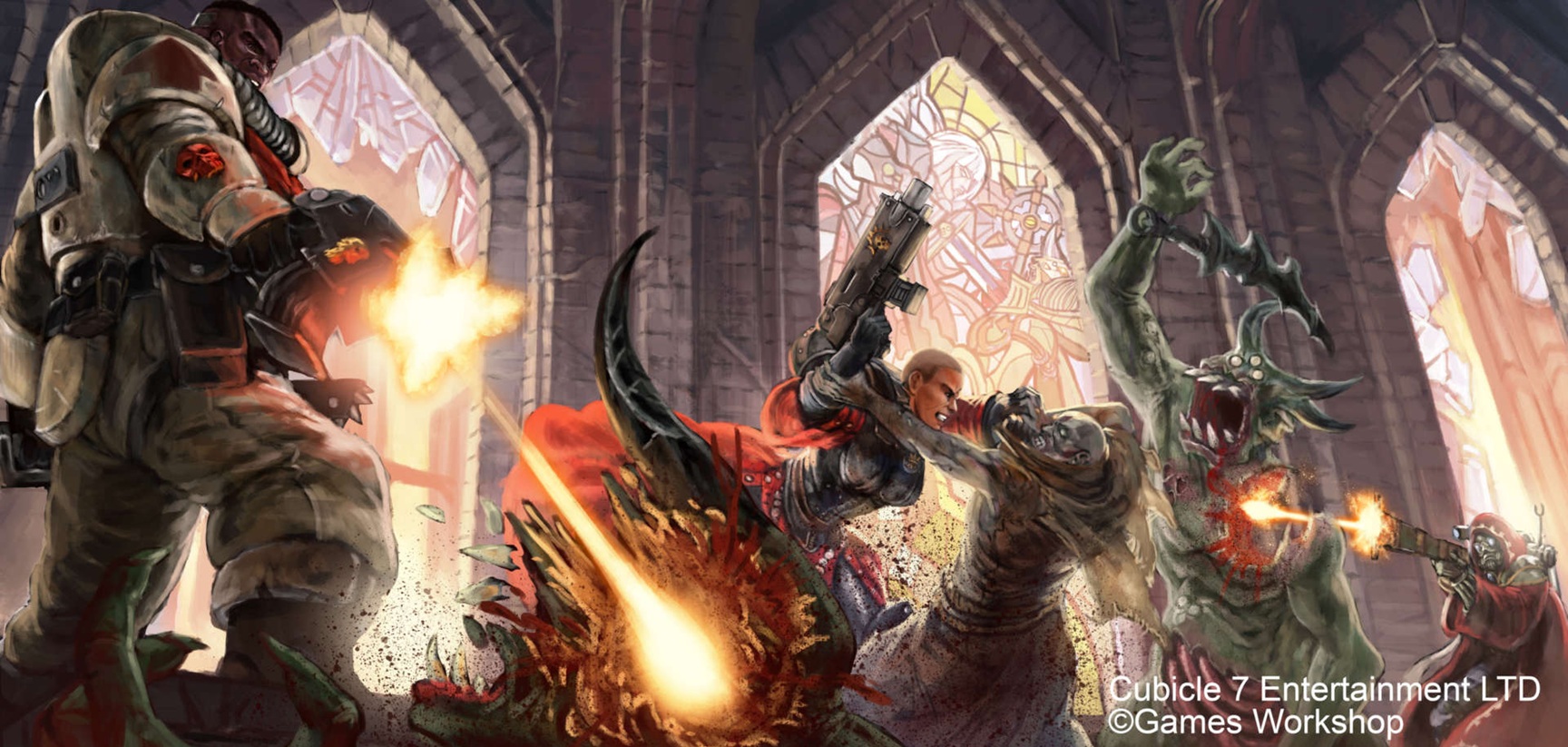
Faith Against Chaos: The Battle for the Imperium
A Clash of Faith and Corruption
This dynamic artwork by Frost Llamzon captures a brutal moment from the Warhammer 40k: Wrath and Glory tabletop RPG. The scene is set within a gothic cathedral bathed in broken light filtering through stained glass windows, each pane telling tales of Imperial piety and sacrifice. At the heart of the battle, a Sister of Battle slams her fist into a corrupted cultist while raising her bolt pistol to fire point-blank. Her flowing red cloak contrasts sharply against the grotesque forms of the enemies before her—mutants and daemons of Chaos, each howling in rage or agony. This illustration channels the unrelenting ferocity and righteousness of Imperial defenders standing firm against unspeakable horrors. The intensity is immediate, and the violence is purposeful—this is war in the grim darkness of the far future.
Wrath and Glory: A Tabletop Warzone
Wrath and Glory is a roleplaying game set in the Warhammer 40,000 universe, published by Cubicle 7 and licensed by Games Workshop. The game allows players to take on the roles of Imperials, xenos, or even Chaos-tainted characters as they navigate the shattered galaxy of the Dark Imperium. Llamzon’s art serves as visual storytelling fuel for these campaigns, breathing life into the grim battles players act out at the table. In this image, we see not just a fight, but the embodiment of themes central to the game: faith, heroism, defiance, and survival against chaos. The stained glass windows in the background aren’t just aesthetic—they symbolize the fading glory of the Imperium and the crumbling sanctity of its relics. As daemons and heretics desecrate holy ground, players are reminded of what’s at stake.
Heroes of the Imperium
At the forefront is a Sister of Battle, a warrior of the Adepta Sororitas, famed for their unshakable faith and unrelenting combat prowess. Her body language speaks of fury and duty; she is unhesitating and full of conviction. Beside her, a member of the Astra Militarum unleashes a flurry of las-fire, his uniform identifying him as part of a sanctioned, disciplined force of the Imperium. Another figure, hooded and robed—possibly a tech-priest of the Adeptus Mechanicus—fires from the shadows, likely more focused on the preservation of holy knowledge than personal safety. These characters represent the diversity of playable roles in Wrath and Glory, allowing for rich team dynamics in a hostile universe. Llamzon’s illustration doesn’t just show combat—it shows identity, unity, and the desperate coordination it takes to survive in the 41st millennium.
The Enemy Within and Without
The foes in this piece are monstrous, reflecting the insidious nature of Chaos. One twisted daemon screams in pain as las-bolts pierce its chest, its features a blend of horned terror and humanoid anatomy, making it even more grotesque. The cultists resemble the fallen faithful—once human, now puppets of the Ruinous Powers, clothed in rags and warped by madness. These enemies are not just physical threats but moral ones, corrupting worlds and minds wherever the Imperium fails to hold. The blood, smoke, and ruin underscore that this is a war of attrition, not glory—victory comes at a cost. Every bullet fired is another prayer to endure, another second snatched from the jaws of oblivion.
Artistic Themes and Visual Depth
Frost Llamzon’s technique balances detail with energy, guiding the eye across the image with clever use of light and motion. The stained glass behind the battle glows with faint illumination, contrasting the blood and destruction in the foreground—a visual reminder of the Imperium’s crumbling ideals. The red and gold tones of the Sister’s armor play against the green and gray hues of the enemy, making each side immediately distinguishable. Bullet shells fly, cloth rips, and wounds burst with painterly texture, adding a visceral, almost cinematic realism. Llamzon’s contributions to Wrath and Glory go beyond simple illustration; they immerse the viewer in the narrative stakes of each encounter. In this piece, players don’t just see a battle—they feel the urgency, the defiance, and the crumbling cathedral as a stage for their desperate struggle.


